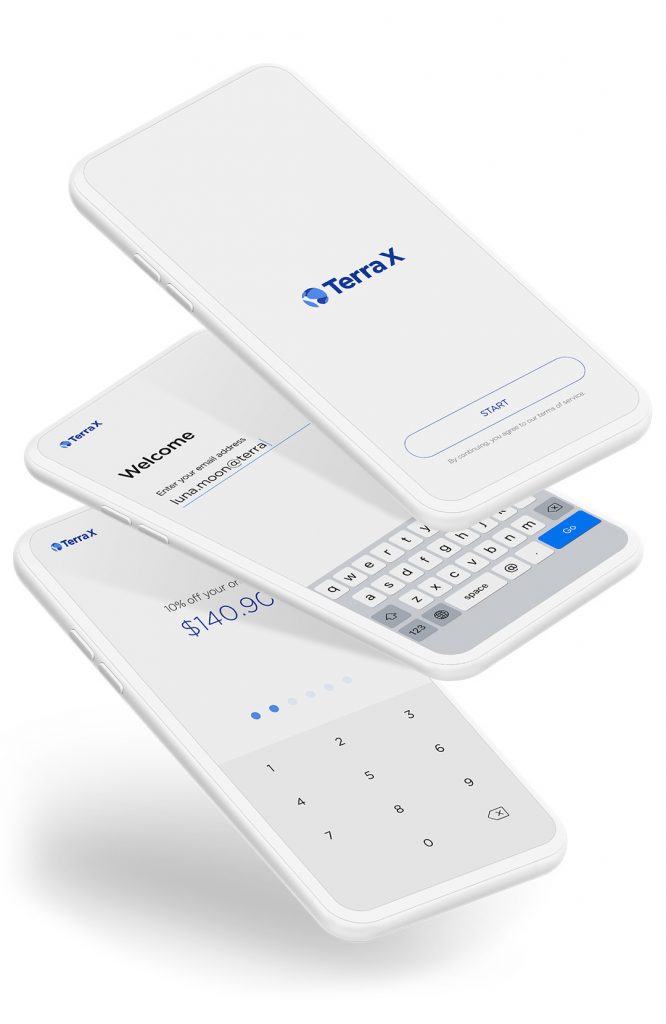You’ve heard it, I’ve heard it, the world’s heard it: crypto is changing digital payment systems. But no matter how much you’ve heard it, have you seen it? Have you used it? For most people, even crypto holders, the answer is, so far, “no.”
Why? Well, it just hasn’t caught fire yet. When you check out on Amazon, there’s no option to pay with Ether. In order to get this concept off the ground, there needs to be ample opportunity to actually spend and use your crypto coins. After all, you don’t buy arcade tokens for an empty arcade, right? You see that sweet skee-ball ramp and that’s when you reach for your wallet.
Terra is on a mission to single handedly stock the arcade, and make playing in it as seamless, fee-free, and wait-free as possible. Or, analogies aside, Terra has created a family of stablecoins that are each pegged to fiat currencies, including KRW, USD, JPY, SGD, and IMF’s SDR. Then, Terra has assembled an alliance of eCommerce giants in Asia, including TMON (Korea), Carousell (Singapore), Qoo10 (Singapore), and Tiki (Vietnam). All together, Terra has already teamed up with 15 eCommerce platforms, which have a collective annual transaction volume of $25 billion and are now offering Terra as a payment option to their 45 million users. Crypto, meet real-life application. Finally.

Terra’s mainnet, dubbed Columbus, runs on Tendermint using the Cosmos SDK. Its flagship dApp is TerraX, a payment system utilizing Terra’s family of stablecoins. Columbus’s protocol supports atomic swaps at WM/Reuters exchange rates, making conversions within this stablecoin group frictionless and nearly fee-less. This could be an exciting step for cross-border transactions.
“Today, Stripe et al charges 4-5% to settle retail transactions across borders. This is prohibitively expensive for most eCommerce transactions with razor thin margins, keeping eCommerce regional and siloed within national borders,” said Do Kwon, co-Founder of Terra. “Our new atomic swap feature among Terra stablecoins will allow the sharing of inventory and product discovery across the entire Terra alliance, opening new opportunities for multinational eCommerce.”
Columbus is meant to optimize cost-efficiency and transaction speed. Terra typically charges transaction fees ranging from 0.1% to 1%, and the mainnet uses Tendermint’s simplified block confirmation process to improve speed. In testing, Columbus reached an average rate of 7,000 transactions per second… for reference, Visa’s average is 1,700.
We’ve all heard that “this” is the thing that will really make blockchain a mainstream thing. It’s definitely a “I’ll believe it when I see it,” situation. Is Terra actually “it?” The blockchain prince that was promised? It’s possible, given its enormous commercial backing in Asia. We’ll see if Terra’s new take on payments travels as virally as catchy Kpop songs.
See this video for more information:
Why? Well, it just hasn’t caught fire yet. When you check out on Amazon, there’s no option to pay with Ether. In order to get this concept off the ground, there needs to be ample opportunity to actually spend and use your crypto coins. After all, you don’t buy arcade tokens for an empty arcade, right? You see that sweet skee-ball ramp and that’s when you reach for your wallet.
Terra is on a mission to single handedly stock the arcade, and make playing in it as seamless, fee-free, and wait-free as possible. Or, analogies aside, Terra has created a family of stablecoins that are each pegged to fiat currencies, including KRW, USD, JPY, SGD, and IMF’s SDR. Then, Terra has assembled an alliance of eCommerce giants in Asia, including TMON (Korea), Carousell (Singapore), Qoo10 (Singapore), and Tiki (Vietnam). All together, Terra has already teamed up with 15 eCommerce platforms, which have a collective annual transaction volume of $25 billion and are now offering Terra as a payment option to their 45 million users. Crypto, meet real-life application. Finally.

Terra’s mainnet, dubbed Columbus, runs on Tendermint using the Cosmos SDK. Its flagship dApp is TerraX, a payment system utilizing Terra’s family of stablecoins. Columbus’s protocol supports atomic swaps at WM/Reuters exchange rates, making conversions within this stablecoin group frictionless and nearly fee-less. This could be an exciting step for cross-border transactions.
“Today, Stripe et al charges 4-5% to settle retail transactions across borders. This is prohibitively expensive for most eCommerce transactions with razor thin margins, keeping eCommerce regional and siloed within national borders,” said Do Kwon, co-Founder of Terra. “Our new atomic swap feature among Terra stablecoins will allow the sharing of inventory and product discovery across the entire Terra alliance, opening new opportunities for multinational eCommerce.”
Columbus is meant to optimize cost-efficiency and transaction speed. Terra typically charges transaction fees ranging from 0.1% to 1%, and the mainnet uses Tendermint’s simplified block confirmation process to improve speed. In testing, Columbus reached an average rate of 7,000 transactions per second… for reference, Visa’s average is 1,700.
We’ve all heard that “this” is the thing that will really make blockchain a mainstream thing. It’s definitely a “I’ll believe it when I see it,” situation. Is Terra actually “it?” The blockchain prince that was promised? It’s possible, given its enormous commercial backing in Asia. We’ll see if Terra’s new take on payments travels as virally as catchy Kpop songs.
See this video for more information:

